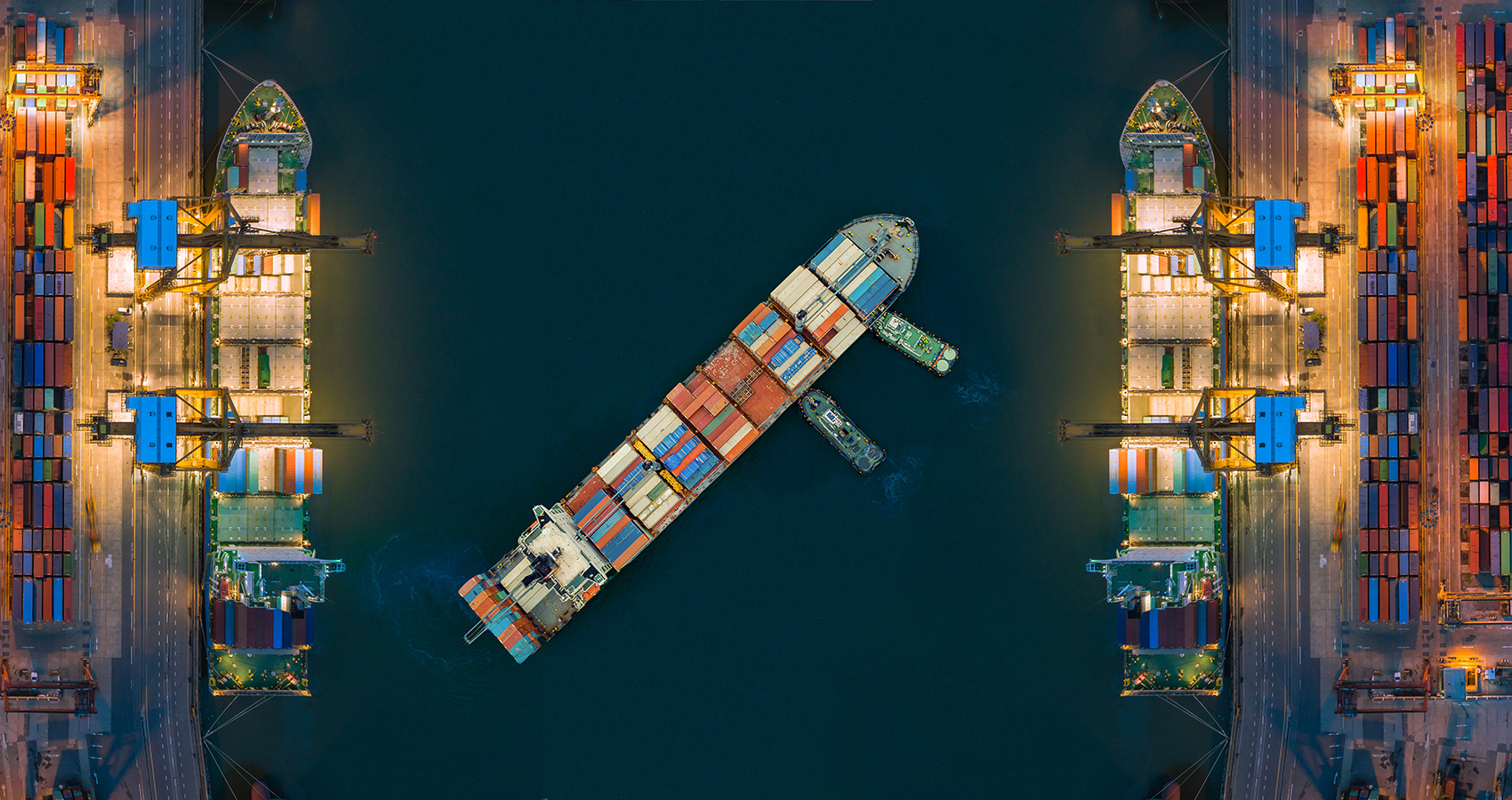Drone technology gaining ground in the maritime sector
The potential of autonomous solutions for offshore operations in the maritime sector is huge. The Danish drone company Upteko is collaborating with researchers from Aarhus University to develop next-generation drone technologies and artificial intelligence for everything from rescue operations to 3D scans and inspections of entire ships.

Over 2,000 seamen lose their lives each year due to collisions, fires, shipwreck and other accidents, and damage to ships results in huge costs for shipping companies all over the world. The maritime industry is vast, expensive and complicated. However, Danish researchers are developing new technology that can have a major impact on the sector.
Because why – when the technology exists – are drones not used in rescue operations? Or as a rear camera on a ship? Or to help fight pirates? Or for inspections, as a surveillance tool or to provide a bird's-eye perspective when docking a ship?
"Today, everything is done manually. From inspections of damage or cargoes, to keeping an eye on icebergs and pirates in perilous waters. We’d like to change this by using modern drone technology adapted to the maritime sector," says Mads Jørgensen, director at Upteko.
In 2018, Mads Jørgensen founded Upteko together with two partners, Benjamin Mejnertz and Sebastian Duus. The objective was to radically improve the maritime sector by using drones.
And 2021 will see testing of the company's prototype onboard drone-charging system in the harsh offshore reality.
"To start with, it's about installing the system where the drone is to be used. Somewhere where the drone can safely land, charge and take off, which doesn’t disturb and isn’t disturbed by the other processes and workflows on a ship," says Mads Jørgensen.
Initially, the drones will be controlled by a pilot. However, the plan is to use fully autonomous technology that know its way around the ship and can navigate, fly and do many different tasks onboard a vessel independently.
This is where Aarhus University enters the picture.
Upteko is collaborating with two of the university's most prominent drone and AI researchers from AU Engineering; Associate Professor Erdal Kayacan and Professor (Docent) Claus Melvad. Together with their research teams, they are working with Upteko to solve the Gordian knots that prevent full autonomous drone technology:
"Drone technology and, particularly, autonomous drone technology is an area in rapid development. There are many positive aspects of using this technology in offshore industries where the cost of manual labour is very high. At the moment, we’re developing drone systems with more cameras, new geo-mapping capabilities, intelligent algorithms for autonomous navigation and safe visual data collection of ships in port. The aim is to reduce manual interaction with drones," says Associate Professor Erdal Kayacan, who is working on two drone research projects with Upteko that deal with autonomous ship inspection and docking assistance.
He is being backed by Claus Melvad, who is working with Upteko on a project focusing on getting drones to navigate autonomously in shipyards.
"Using drones on and near ships isn’t as easy as you might think. The steel interferes with signals and compasses quite a lot, and shipyards typically don’t have a GPS signal that a drone can use to navigate. We’re examining several different methods, typically involving local 'satellites', small points of reference that the drone can use to navigate, or advanced computer vision. Research is well underway, but there’s still a lot to look into," he says.
Mads Jørgensen says that the first prototype will set sail in 2021 and its first task will be to help a ship into port.
The drone will have to take off from the ship and measure distances to the quay and docking facilities, while simultaneously aiding the captain with speeds and providing a bird’s eye perspective.
"We expect the technology to be a time saver, but it’s still far too early to say anything about how much time it’ll save. And this is the first test, and the first of a large number of applications that will be possible once we’ve installed the charging system. Once we know that it’s 100 per cent robust and works as it should, then we can extend to more of the applications. It’ll be exciting to get started," he says.
The collaboration between Upteko and Aarhus University is supported by the European Regional Development Fund and Odense Robotics.
Contact
Associate Professor Erdal Kayacan
Department of Electrical and Computer Engineering
Mail: erdal@ece.au.dk
Tel.: +45 93521062
Professor (Docent) Claus Melvad
Department of Mechanical and Production Engineering
Mail: cme@mpe.au.dk
Tel.: +45 23244761
